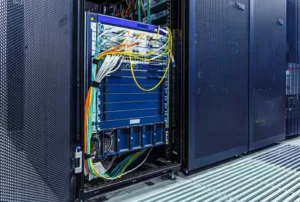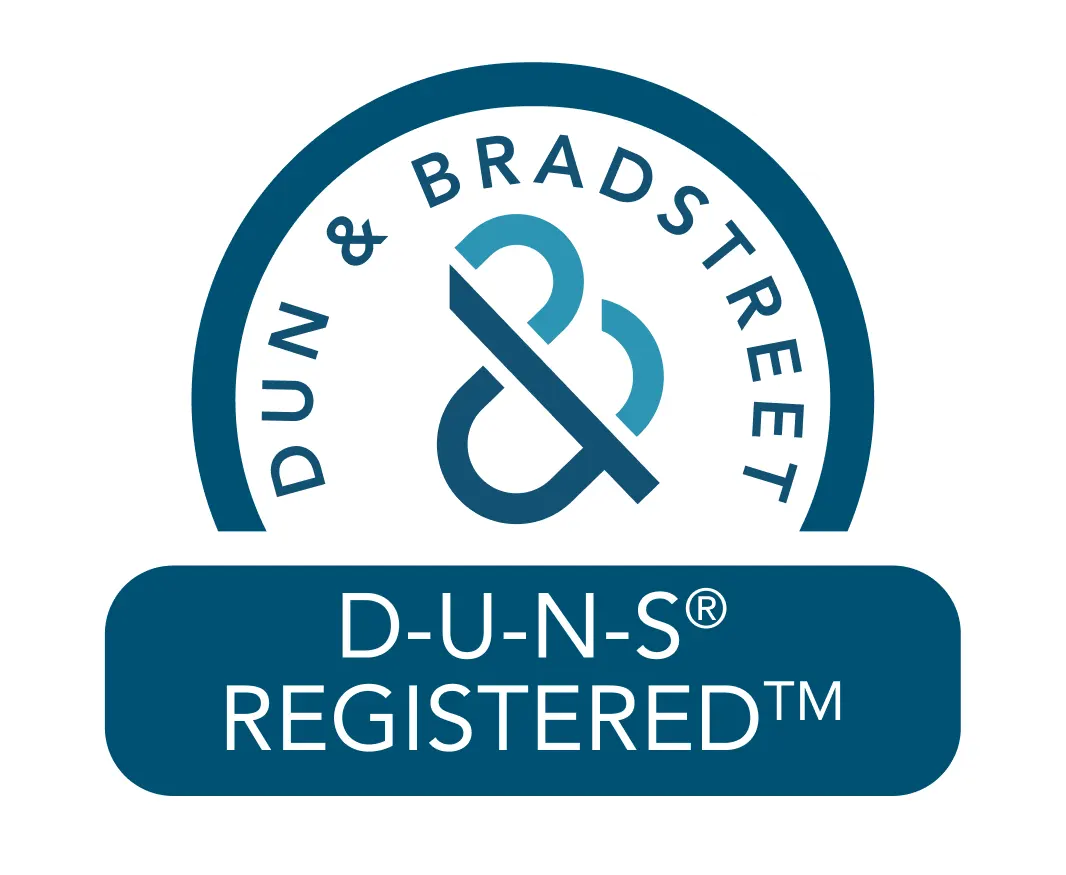Network security is about implementing various technologies, processes, and policies to protect computer networks, devices, and data from unauthorized access, disruption, or damage. The primary goal of network security is to ensure the confidentiality, integrity, and availability of data and network resources. It involves a combination of hardware, software, and human resources to create a layered defense system against cyber threats.
Here’s an overview of network security and how hackers can exploit vulnerabilities:
1. Network Security Components:
- Firewalls: Firewalls are a critical component of network security. They act as a barrier between a trusted internal network and untrusted external networks, filtering incoming and outgoing traffic based on a set of rules.
- Intrusion Detection Systems (IDS) and Intrusion Prevention Systems (IPS): IDS monitors network traffic for suspicious activity and alerts administrators to potential security breaches. IPS goes a step further by actively blocking or preventing these threats.
- Encryption: Encryption is used to protect data in transit and at rest, ensuring that even if unauthorized access occurs, the data remains unreadable without the decryption key.
- Virtual Private Networks (VPNs): VPNs create secure tunnels over the internet, allowing remote users or branch offices to access a private network securely.
- Access Control: Access control mechanisms enforce policies and permissions for users and devices, limiting access to authorized individuals or systems.
How Hackers Exploit Network Security Vulnerabilities:
Hackers employ various techniques and tools to exploit network security vulnerabilities:
- Scanning and Enumeration: Hackers scan networks to identify open ports, services, and potential weaknesses. They may use tools like port scanners to do this.
- Phishing: Phishing attacks involve tricking users into revealing sensitive information, such as login credentials or financial details, by posing as a legitimate entity via email or other communication channels.
- Malware: Malicious software like viruses, worms, Trojans, and ransomware can be used to compromise network security. Once inside a network, malware can steal data, disrupt operations, or grant unauthorized access.
- Password Cracking: Attackers may attempt to crack passwords using brute-force attacks or dictionary attacks. Weak or easily guessable passwords are particularly vulnerable.
- Man-in-the-Middle (MitM) Attacks: In MitM attacks, hackers intercept and manipulate communication between two parties, potentially stealing data or injecting malicious content.
- Denial of Service (DoS) and Distributed Denial of Service (DDoS) Attacks: These attacks overwhelm network resources or services, causing them to become unavailable to legitimate users.
- Zero-Day Exploits: Hackers search for and exploit vulnerabilities in software or hardware that are not yet known to the vendor, giving them an advantage until patches are released.
- Social Engineering: Social engineering attacks rely on manipulating human psychology to gain access to sensitive information or systems. This can include tactics like pretexting, baiting, or tailgating.
Best Practices for Network Security

Network security is essential for both residential and business environments to protect sensitive data, prevent unauthorized access, and safeguard against various cyber threats. Here are some fundamental network security practices for both residential and business settings:
Residential Network Security
- Secure Your Router:
- Change the default router login credentials (username and password).
- Enable WPA3 encryption for your Wi-Fi network.
- Change the default SSID (network name) to something unique.
- Disable remote management of your router if not needed.
- Firewall:
- Enable the built-in firewall on your router.
- Consider using a separate hardware or software firewall for added protection.
- Regular Software Updates:
- Keep your router firmware, operating systems, and all devices updated to patch vulnerabilities.
- Strong Passwords:
- Use strong, unique passwords for all your devices and online accounts.
- Consider using a password manager to generate and store passwords securely.
- Network Segmentation:
- Create a guest network for visitors to keep them separate from your main network.
- Antivirus and Anti-Malware:
- Install reputable antivirus and anti-malware software on your devices.
- Backup Your Data:
- Regularly back up important data to an external drive or cloud storage.
- Enable Two-Factor Authentication (2FA):
- Whenever possible, enable 2FA on your online accounts for an extra layer of security.
 Business Network Security
Business Network Security
- Network Design:
- Implement a strong network architecture, including firewalls, intrusion detection systems (IDS), and intrusion prevention systems (IPS).
- Access Control:
- Implement strict access control policies to limit who can access network resources.
- Use role-based access control (RBAC) to assign permissions based on job roles.
- Employee Training:
- Conduct regular security awareness training for employees to educate them about potential threats and best practices.
- Regular Audits and Testing:
- Conduct regular security audits, vulnerability assessments, and penetration testing to identify and address weaknesses.
- Data Encryption:
- Use encryption for sensitive data both in transit and at rest.
- Implement Virtual Private Networks (VPNs) for secure remote access.
- Patch Management:
- Develop a robust patch management strategy to ensure all systems and software are up to date.
- Incident Response Plan:
- Develop an incident response plan to quickly respond to security incidents and minimize damage.
- Network Monitoring:
- Implement network monitoring tools to detect unusual or suspicious activities in real-time.
- Vendor Security:
- Ensure that third-party vendors and contractors follow adequate security practices if they have access to your network.
- Physical Security:
- Secure physical access to servers, network equipment, and data centers.
Aid IT Services provides essential IT support for both residential and business clients in Calgary. We offer fully managed and customized solutions designed to meet the unique needs of homes and a variety of businesses. Our team will work closely with you to develop cost-effective solutions and comprehensive IT strategies to ensure smooth operations, whether you’re a homeowner or running a business.
Contact us today for a free consultation or to schedule a network assessment, and experience top-notch IT support for both residential and business needs.




